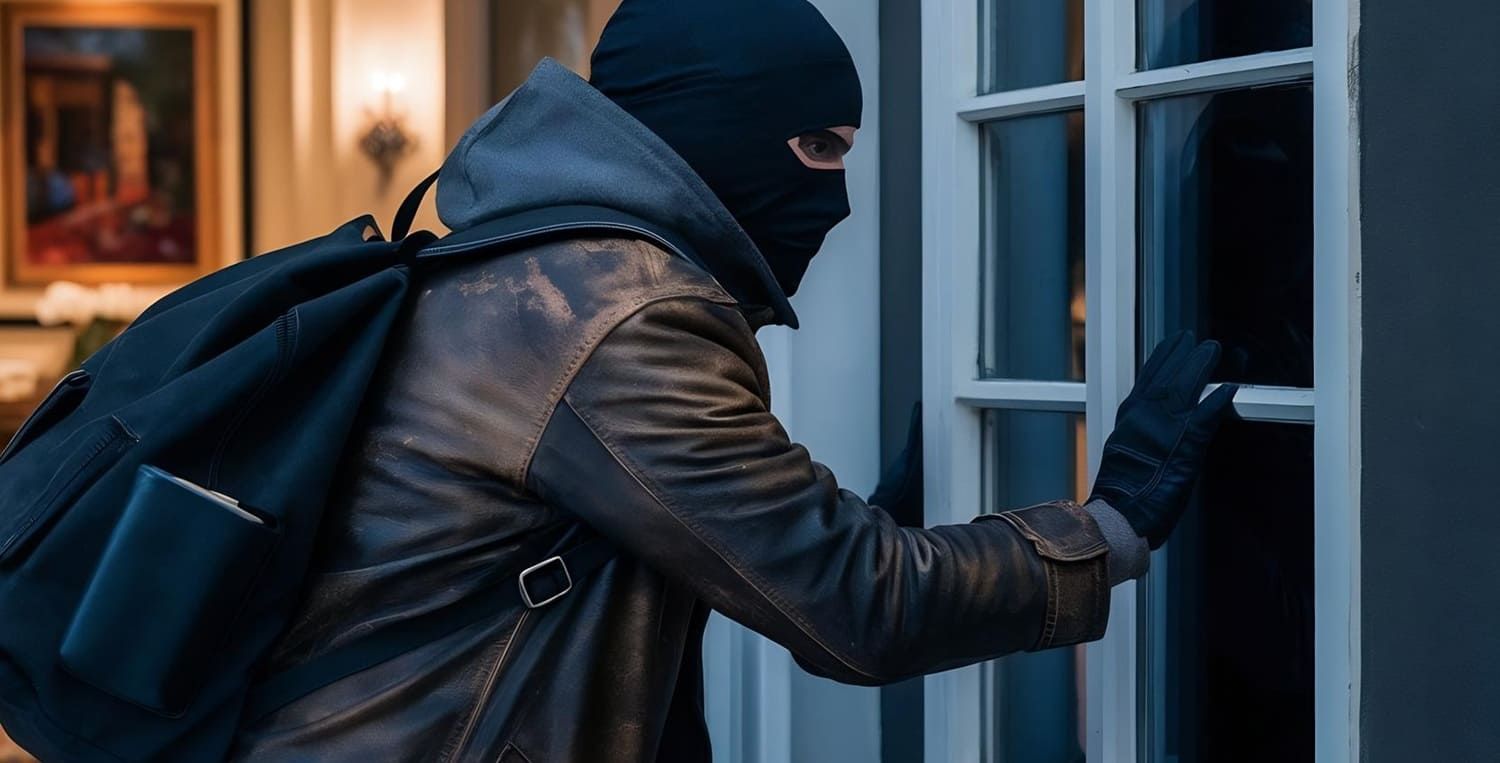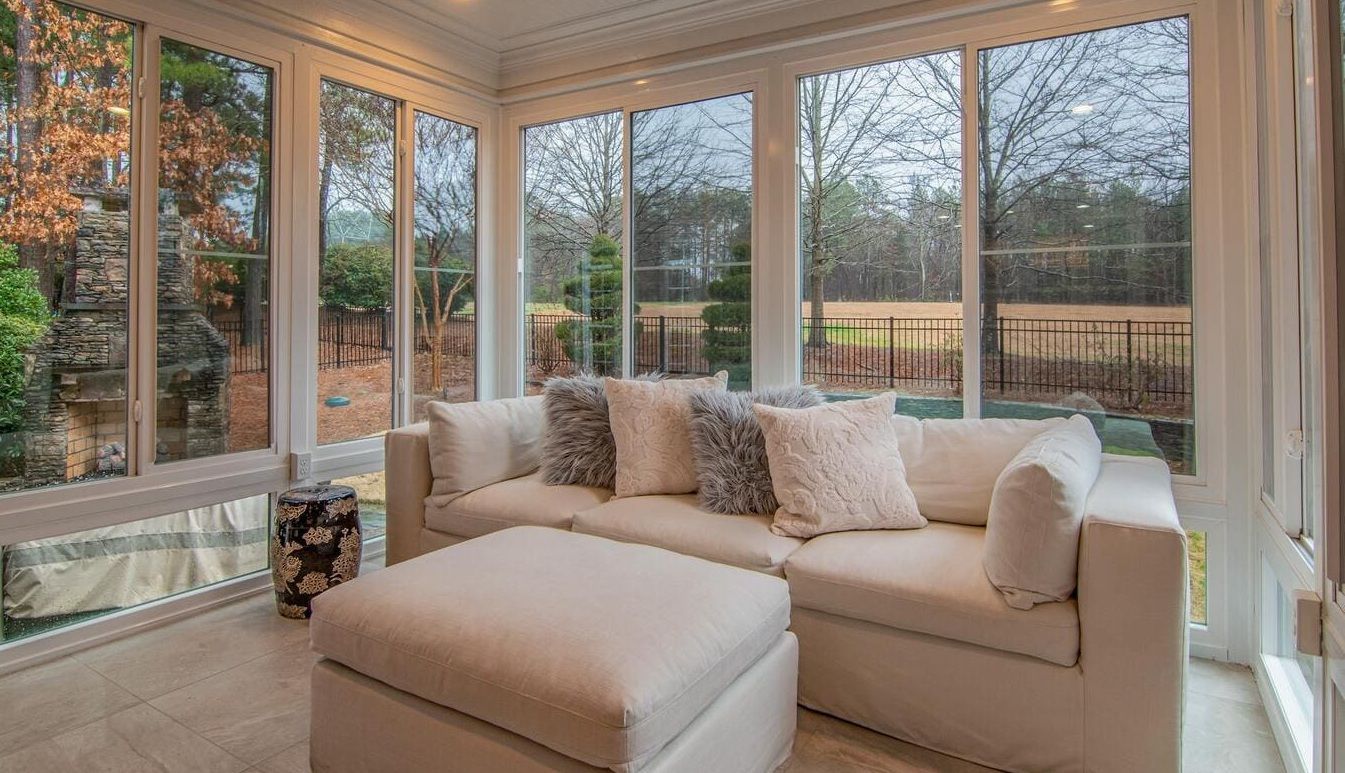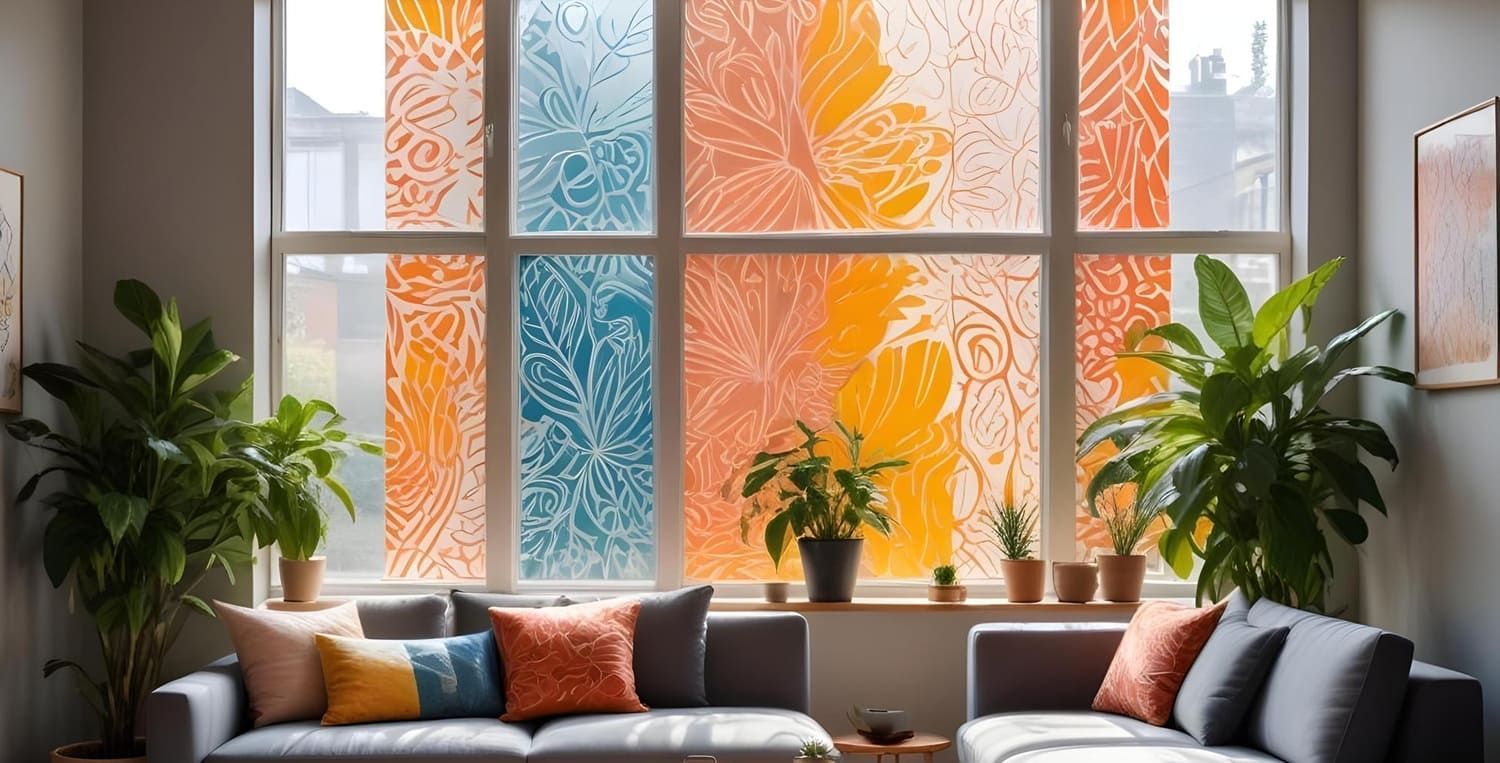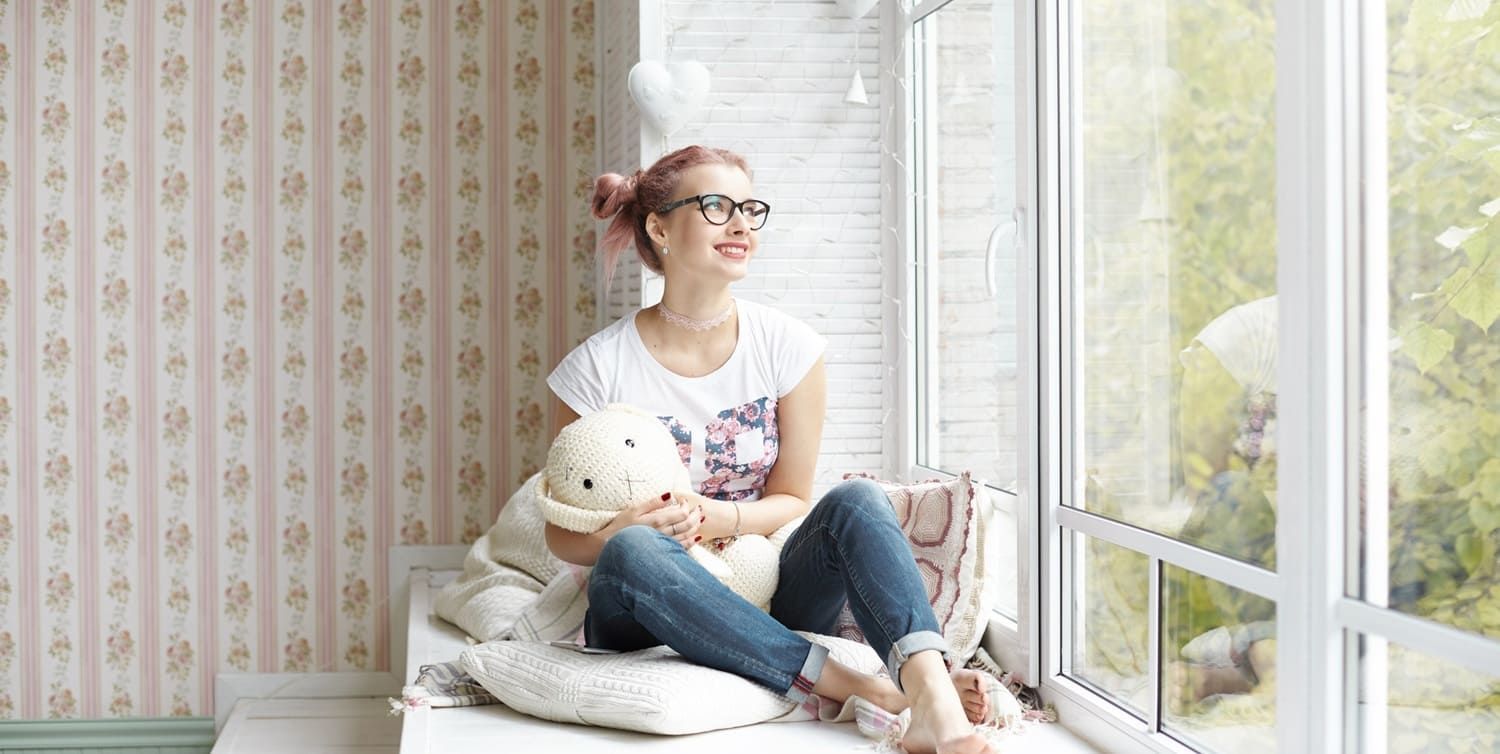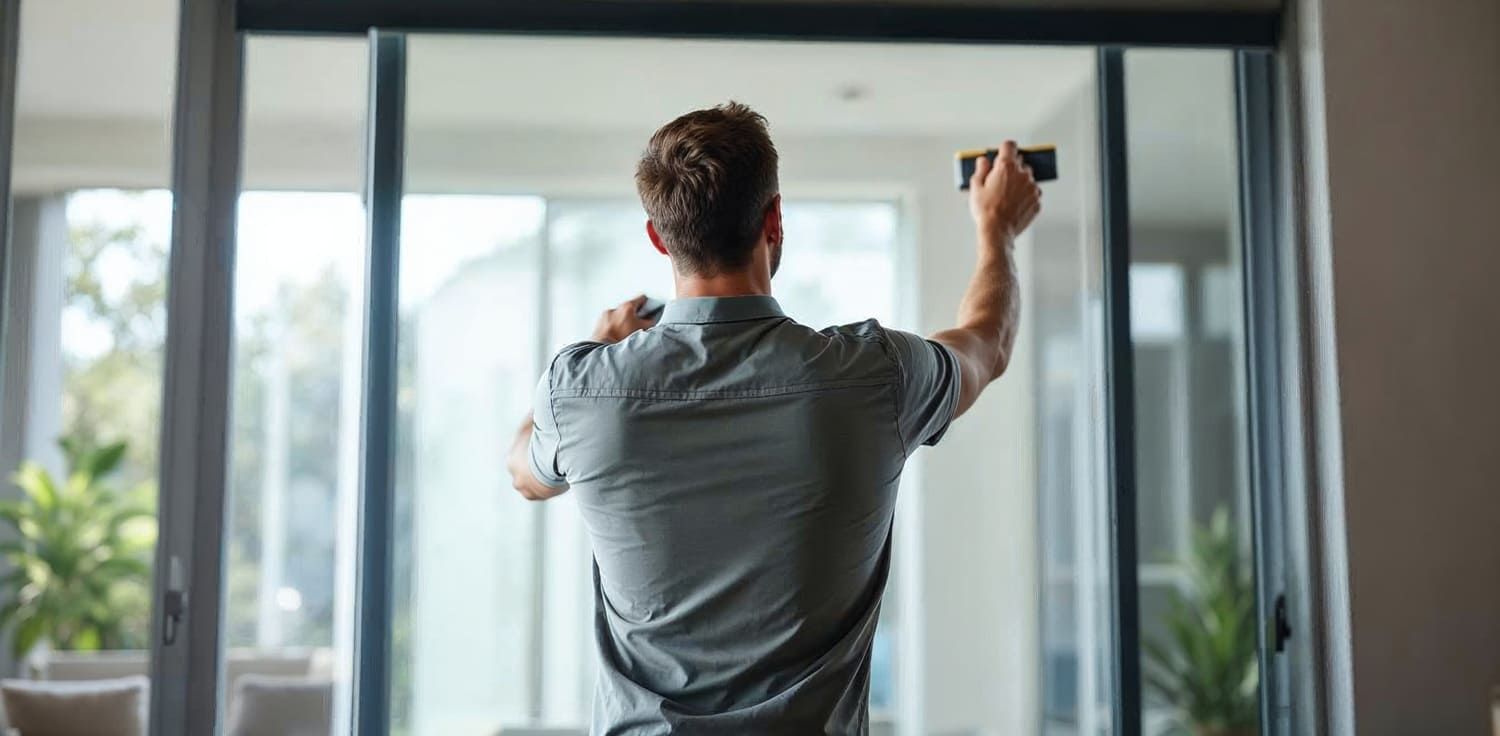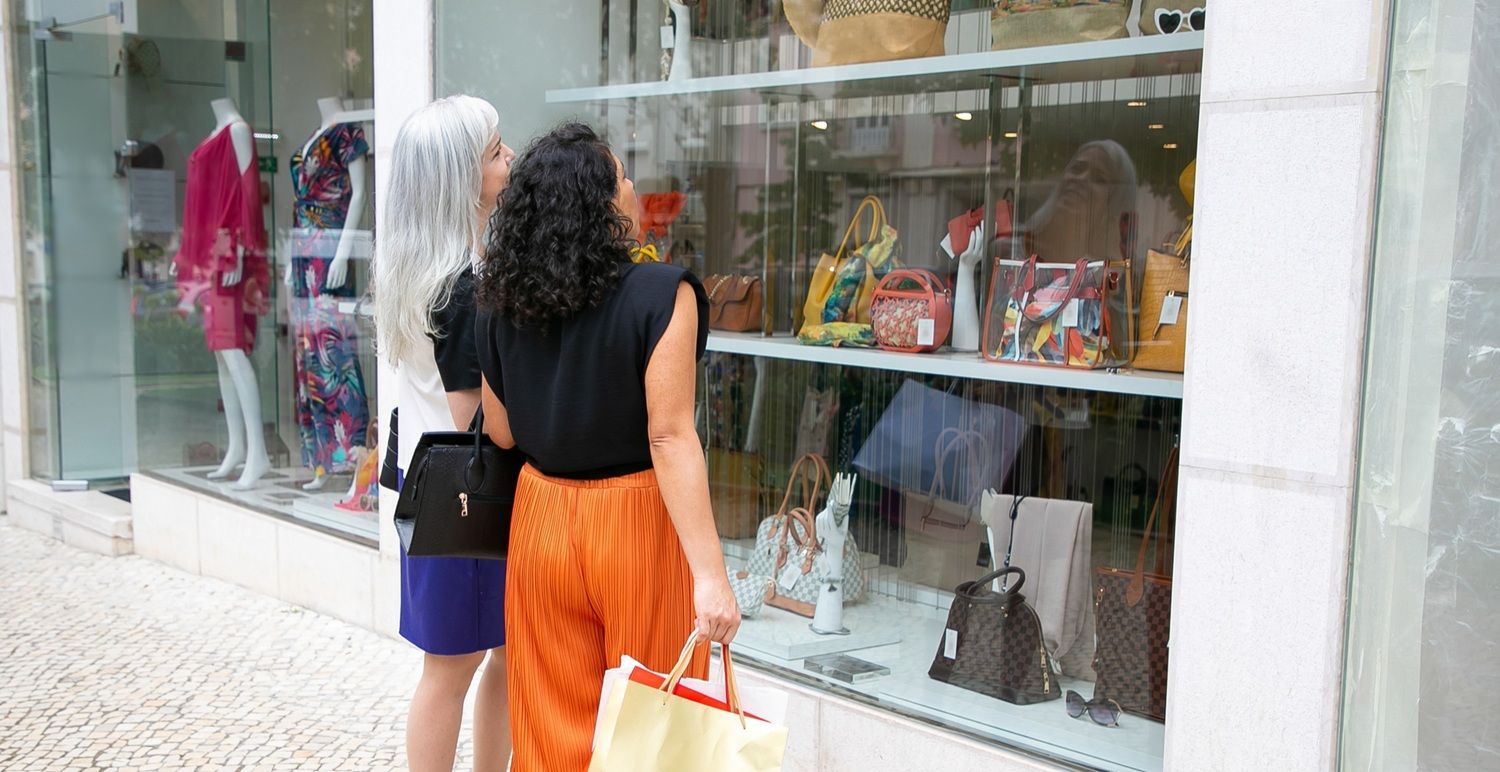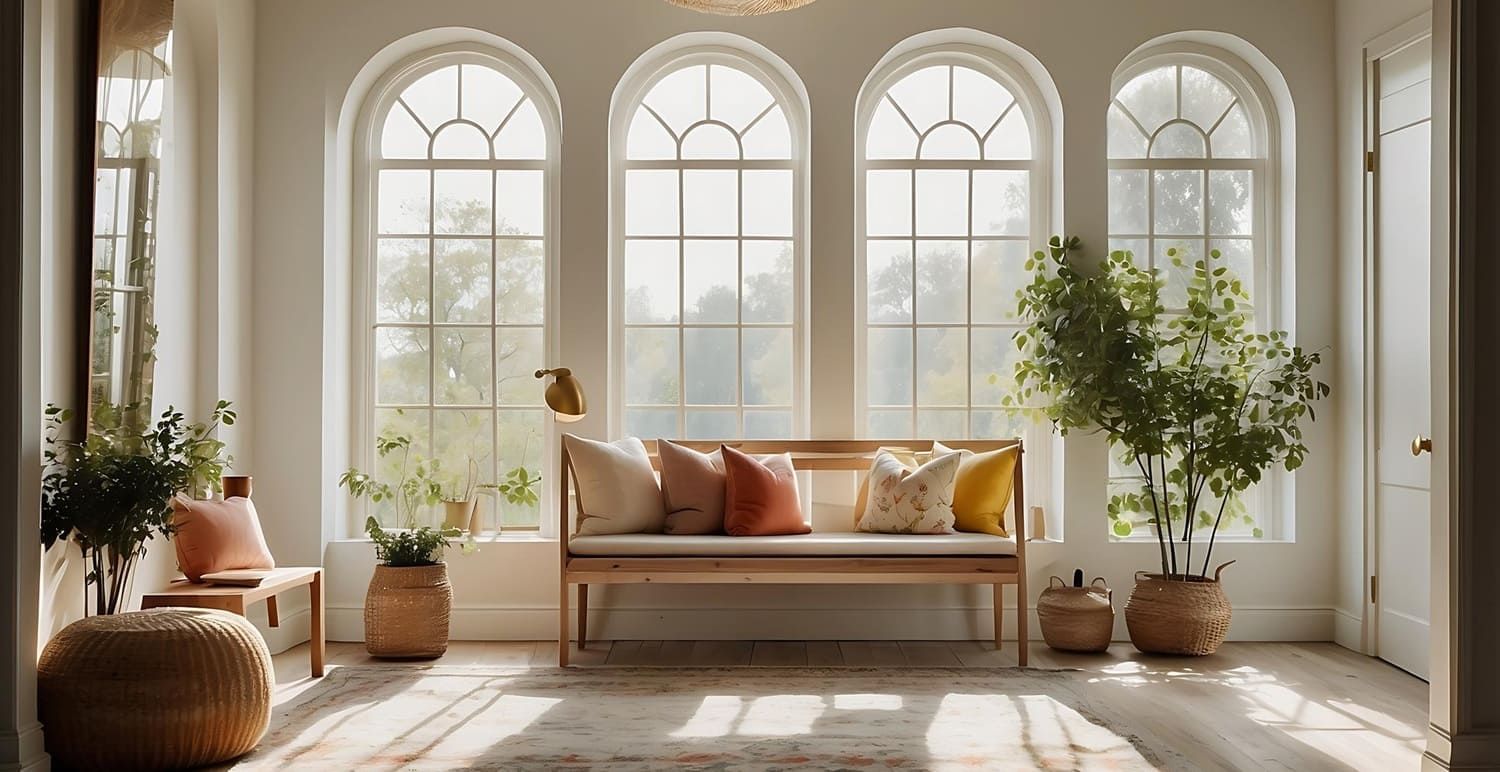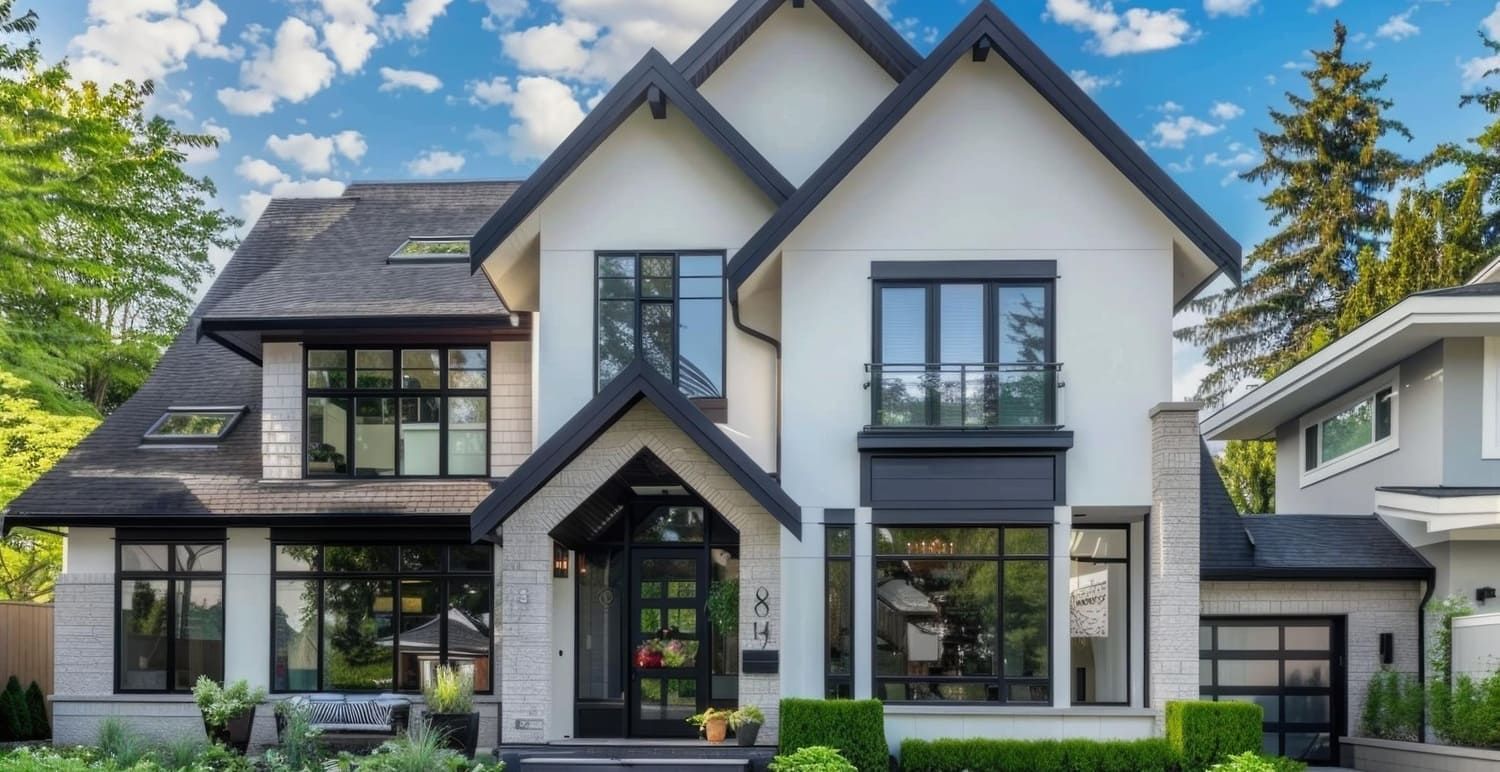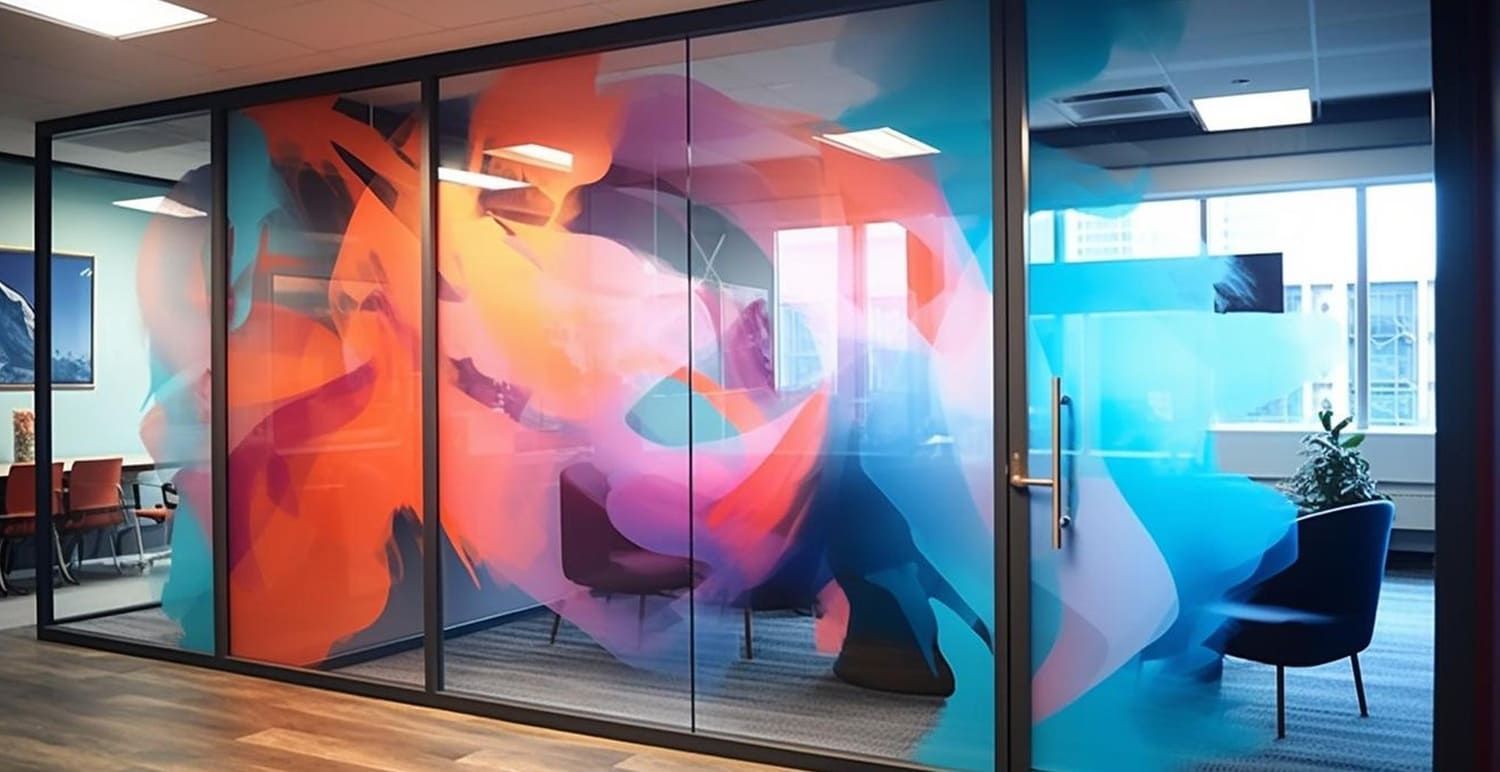Commercial Window Film Types: Complete Comparison
Commercial window film is your key to unlocking enhanced functionality in standard glazing. It’s designed to manage solar heat, block harmful UV rays, and boost privacy, all without needing to replace your existing glass. For business owners aiming for peak efficiency, this means a more comfortable environment for everyone, lower operating expenses, and a more polished building appearance. This guide dives deep into what commercial window film entails and why it’s a smart investment. We’ll break down the crucial performance indicators—Visible Light Transmittance (VLT), Total Solar Energy Rejected (TSER), UV protection, and glare reduction—and then explore the primary film categories: solar control, privacy, security, and decorative. You’ll also find insights on selecting the right film, best practices for installation and upkeep, calculating energy savings and return on investment, and how to easily request a complimentary consultation from Surface Dynamics Window Tinting. By the time you finish reading, you’ll be well-equipped to choose the ideal window film for your office, retail space, hotel, or any other commercial property.
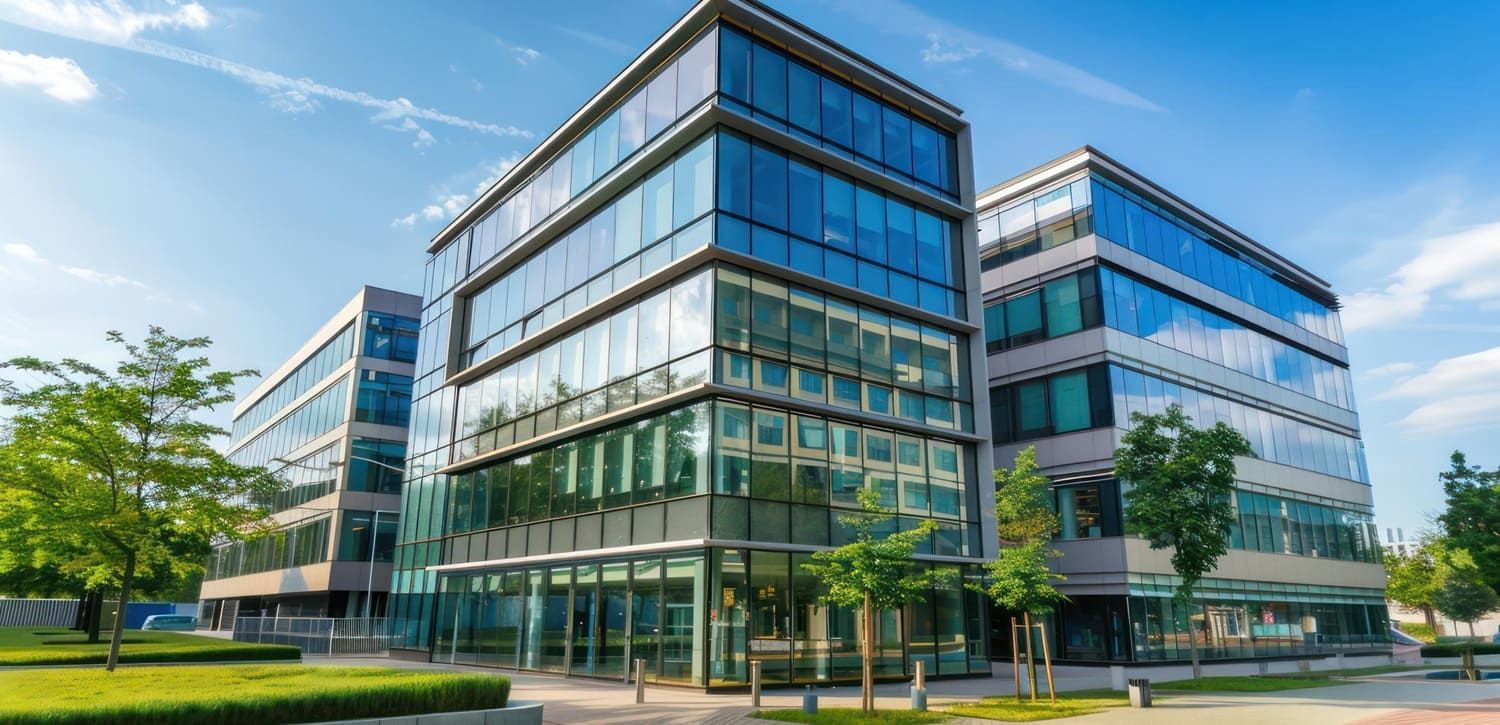
What Exactly Is Commercial Window Film and Why Is It Crucial for Businesses?
Commercial window film is a sophisticated, multi-layered laminate applied directly to your building’s glass surfaces. It’s engineered to significantly reduce heat gain, block damaging UV radiation, and enhance privacy by precisely controlling how light passes through. Utilizing advanced materials like nano-ceramic particles and specialized metallic coatings, this high-performance solution offers substantial energy savings and improves occupant comfort, all while preserving the natural light that brightens your space. Beyond its thermal and light-modifying capabilities, commercial window film also adds a layer of safety by helping to contain shattered glass and can dramatically elevate your building’s aesthetic appeal with a wide array of tints and finishes.
How Do Offices and Retail Establishments Benefit from Commercial Window Film?
Commercial window film offers tangible advantages for offices and retail environments. It actively combats solar heat gain, leading to cooler interiors, and significantly cuts down on glare, making it easier to view screens and displays. For open-plan offices, high-TSER films can slash HVAC energy demands by as much as 25 percent. Retailers can maintain ideal display conditions and extend the shelf life of merchandise by controlling light and heat. Ultimately, this translates to fewer hot spots, less eye strain for occupants, and a more productive and welcoming atmosphere for both your team and your customers.
What Specific Business Challenges Does Commercial Window Film Solve?
Commercial window film is designed to address four key business needs: maintaining visual privacy, managing solar heat, bolstering security, and enhancing aesthetic appeal. Films with frosted or reflective finishes can discreetly shield sensitive meeting areas or ground-floor offices from unwanted views. High-TSER solar films are invaluable for reducing air-conditioning costs in spaces that receive direct sunlight. Security films provide an essential barrier, reinforcing glass against break-ins and severe weather. Meanwhile, decorative films offer a versatile way to reinforce your brand identity and refine interior design through custom patterns or integrated logos, creating a polished and professional look.
What Are the Essential Performance Metrics for Commercial Window Films?
Understanding the key performance metrics is vital for evaluating the effectiveness of commercial window films. These indicators quantify how well a film manages light, heat, UV radiation, and glare. Visible Light Transmittance (VLT) tells you how much natural light will pass through the film. Total Solar Energy Rejected (TSER) measures the amount of solar heat the film prevents from entering your building. The UV protection percentage indicates the degree to which harmful ultraviolet rays are blocked. Glare reduction quantifies the improvement in visual comfort. By considering these metrics together, you can make an informed choice that aligns with your specific climate, building orientation, and occupant needs.
What Is Visible Light Transmittance (VLT) and Why Is It Important?
Visible Light Transmittance (VLT) is expressed as a percentage and indicates how much of the sun’s visible light passes through the window film and into your building. A film with a 20 percent VLT will result in dimmer, cooler interiors, which can be ideal for conference rooms or media spaces. Conversely, a 70 percent VLT will maintain a brighter, more natural office environment. Choosing the appropriate VLT is about striking the right balance between maximizing natural illumination and minimizing unwanted heat gain, ensuring visual comfort without over-reliance on artificial lighting.
How Does Total Solar Energy Rejected (TSER) Contribute to Energy Savings?
Total Solar Energy Rejected (TSER) is a critical metric that quantifies the total amount of solar radiation—including infrared and visible light—that a window film blocks from entering your building. It’s a combined measure of solar reflectance and absorptance. Films boasting TSER ratings above 60 percent can significantly cut down cooling energy needs, potentially by as much as 30 percent, especially on south- or west-facing windows. Advanced ceramic and spectrally selective films excel in heat rejection without making interiors feel dark, leading to enhanced occupant comfort and substantial savings on HVAC costs over the film’s lifespan.
A systematic approach to estimating energy performance is crucial for making informed decisions about solar control window films in commercial settings.
Energy Savings from Solar Window Film in Commercial Buildings: A Case Study
This study develops a procedure to estimate the energy performance of solar control window films for commercial buildings. The procedure is used to calculate the optical properties of a glazing system with and without solar control window films to determine the energy savings.
Case study: Energy savings from solar window film in two commercial buildings in Shanghai, R Yin, 2012
What Level of UV Protection Can You Expect from Commercial Films?
Commercial window films are highly effective at blocking ultraviolet (UV) radiation, typically preventing 99 to 99.9 percent of these harmful rays from entering your building. This level of protection is vital for safeguarding both the health of occupants and the longevity of your interior furnishings. By filtering out UV wavelengths, these films prevent premature fading of carpets, artwork, upholstery, and other sensitive materials, thereby extending their lifespan and reducing replacement expenses. This UV-blocking capability also contributes to a healthier indoor environment by minimizing occupant exposure to damaging rays.
How Does Glare Reduction Enhance Comfort in the Workplace?
Glare reduction films work by diffusing or reflecting direct sunlight, which can decrease bothersome glare by anywhere from 40 to 80 percent, depending on the specific film’s characteristics. This reduction is particularly beneficial in office environments where computer screens and workstations are prevalent. By minimizing eye strain and the associated fatigue and headaches, these films create a more comfortable and productive work setting. Employees can focus better without constantly adjusting blinds or repositioning themselves to avoid harsh light, leading to improved overall well-being and efficiency.
What Are the Primary Categories of Commercial Window Film?
Commercial window films are generally categorized into four main types: solar control, privacy, safety/security, and decorative. Each category is engineered to address distinct building performance and aesthetic objectives. Solar control films are focused on managing heat and UV exposure. Privacy films offer solutions ranging from one-way visibility to complete obscurity. Safety and security films are designed to strengthen glass and mitigate risks. Decorative films provide creative options for branding and interior design. Understanding these differences is key to selecting the most appropriate film for your specific needs and vision.
How Do Solar Control Films Differ: Ceramic, Spectrally Selective, Dyed, and Metallic?
The effectiveness and characteristics of solar control films stem from their underlying technology. Ceramic films utilize advanced nano-ceramic particles to block significant heat without interfering with electronic signals. Spectrally selective films are engineered to block infrared heat while allowing a higher percentage of visible light to pass through. Dyed films, often a more budget-friendly option, rely on organic dyes to absorb solar energy, offering moderate performance. Metallic films incorporate metalized layers that reflect a broad spectrum of solar energy. Each type offers a unique balance of light transmission, heat rejection, and cost.
| Film Technology | VLT Range | TSER | UV Rejection | Cost Profile |
|---|---|---|---|---|
| Ceramic | 30–70% | 60–80% | 99.9% | Premium |
| Spectrally Selective | 50–80% | 55–65% | 99.9% | Mid-to-High |
| Dyed | 10–60% | 30–50% | 98% | Budget |
| Metallic | 20–50% | 50–75% | 99% | Mid-range |
This variety allows business owners to precisely match film performance to their specific environmental conditions, aesthetic preferences, and budgetary considerations.
Spectrally selective window films represent a significant advancement, offering superior performance and durability for commercial applications.
Comparing Spectrally Selective and Conventional Window Film for Energy Conservation
The spectrally selective applied window film makes it particularly cost effective for institutional, commercial, and industrial buildings. Since the 80s, window film performance has improved and that films look better and last longer.
Comparing the Energy Conservation Capabilities of Spectrally Selective and Conventional Applied Window Film, 2005
What Privacy Window Film Options Are Available for Commercial Spaces?
For commercial spaces, privacy window films offer versatile solutions to control visibility. Frosted films provide a uniform diffusion of light, creating a translucent barrier that obscures views while still allowing natural light to enter. One-way reflective films are designed to allow clear vision from the inside looking out during the day, while reflecting the exterior and maintaining privacy from the outside. Blackout films offer complete opacity, blocking virtually all light for areas requiring maximum privacy or darkness.
- Frosted films are excellent for glass partitions and conference rooms, offering a soft, diffused light effect without darkening the space.
- One-way reflective films are ideal for ground-floor offices or reception areas where outward visibility is desired, but inward viewing needs to be restricted.
- Blackout films are perfect for sensitive storage areas, executive offices, or any space where complete light blockage is necessary.
These options ensure that businesses can achieve the desired level of privacy and security without compromising the natural light and ambiance of their spaces.
How Do Safety and Security Films Enhance Protection for Commercial Buildings?
Safety and security films are constructed from thick, robust polyester layers designed to bond securely to glass surfaces. Their primary function is to hold shattered glass together in the event of an impact, whether from a break-in, accidental force, or severe weather. Anti-shatter films act as a crucial barrier, preventing dangerous glass fragments from scattering. More advanced films, such as those designed for bomb-blast mitigation, are engineered to absorb significant shockwaves and minimize fragmentation. Additionally, anti-graffiti films offer a sacrificial layer that can be easily removed and replaced, protecting storefronts from vandalism. This multi-layered approach significantly boosts occupant safety, deters potential intruders, and reduces the costs associated with glass repair.
What Decorative Window Films Can Elevate Commercial Aesthetics?
Decorative window films offer a dynamic way to transform plain glass into visually engaging elements. They can be custom-printed with company logos, graphics, or intricate patterns, turning windows and interior glass partitions into branded feature walls or artistic displays. Businesses commonly use these films to reinforce their brand identity, guide customer flow within a space, or delineate different functional zones, such as collaborative areas or quiet workspaces. The versatility of decorative films allows for creative expression and a sophisticated interior design that aligns perfectly with a company’s image.
How Do Decorative Films Support Branding and Interior Design Initiatives?
Decorative films are instrumental in supporting branding and interior design by seamlessly integrating corporate elements directly onto glass surfaces. Custom graphic films can create striking visual statements in lobbies or reception areas, showcasing company values and imagery. Patterned frosted films provide subtle yet effective ways to define meeting zones or create visual interest on interior partitions, offering a stylish alternative to permanent walls. This adaptability allows businesses to refresh their interior look cost-effectively, consistently reinforce their brand message, and cultivate engaging environments that truly reflect their unique personality and culture.
How Do You Select the Optimal Commercial Window Film for Your Business?
Choosing the right commercial window film involves a careful assessment of your building’s orientation, the local climate, your budget, and the specific needs of your occupants. Understanding how different film technologies align with various commercial settings—such as offices, retail spaces, or hospitality venues—will enable you to make a well-informed decision. By balancing performance metrics with your aesthetic preferences and financial considerations, you can ensure you select a solution that maximizes your return on investment and perfectly meets both your functional and visual requirements.
What Key Factors Should Guide Your Film Selection Process?
Several critical factors should influence your window film choice. These include the orientation of your building’s facades (east, west, south, north), the prevailing climate conditions, your desired levels of natural light, specific privacy needs, any security requirements, and your overall budget. For example, east and west-facing exposures typically require films with higher TSER ratings to manage morning and afternoon sun effectively, while north-facing windows might benefit from films that maximize VLT to maintain brightness. Privacy needs will point towards frosted or reflective films, while security concerns necessitate thicker, multi-layer options. Your budget will play a role in deciding between premium ceramic films and more economical dyed alternatives. Aligning these variables ensures a well-rounded and effective solution.
How Do Different Films Perform Across Various Commercial Environments?
In office settings, spectrally selective films are often preferred for their ability to provide a balanced mix of daylight and heat reduction, fostering a productive atmosphere. Retail storefronts can benefit greatly from high-reflectance solar films that enhance product visibility under consistent lighting and protect merchandise from UV damage. Hospitality venues might combine decorative films for aesthetic appeal and branding with solar control films to ensure guest comfort in lobbies and meeting rooms. In healthcare facilities, UV-blocking safety films are crucial for protecting sensitive equipment and occupants. Tailoring the film’s performance to the specific demands of each environment is key to optimizing comfort, security, and visual impact.
What Are the Cost Considerations and Expected ROI for Window Films?
The initial investment for commercial window film varies significantly based on the technology used. Dyed films typically represent the most budget-friendly option, while spectrally selective and ceramic films fall into the mid-to-high price ranges. The return on investment (ROI) is primarily realized through substantial energy savings, with many installations recouping their costs within three to five years. Furthermore, by preventing UV damage, films extend the lifespan of interior furnishings, reducing replacement expenses. For instance, a 100,000-square-foot office utilizing high-performance solar control films could anticipate annual cooling savings exceeding ten thousand dollars, leading to a payback period of less than four years.
Employing a multi-criteria approach is an effective strategy for selecting solar window films that maximize energy savings in commercial buildings, taking into account region-specific factors.
Selecting Solar Window Film for Energy Savings in Commercial Buildings: A Multi-Criteria Approach
These window films were chosen based on their commercial availability in the UAE market. The study calculates the possible energy savings from window films installed on glazing in three distinct commercial buildings. The results indicate that the proposed method can be used to select the best solar window film sheets for energy saving in buildings.
Multi-Criteria Decision-Making for Selecting Solar Window Film Sheets for Energy Saving in Buildings, AG Olabi, 2024
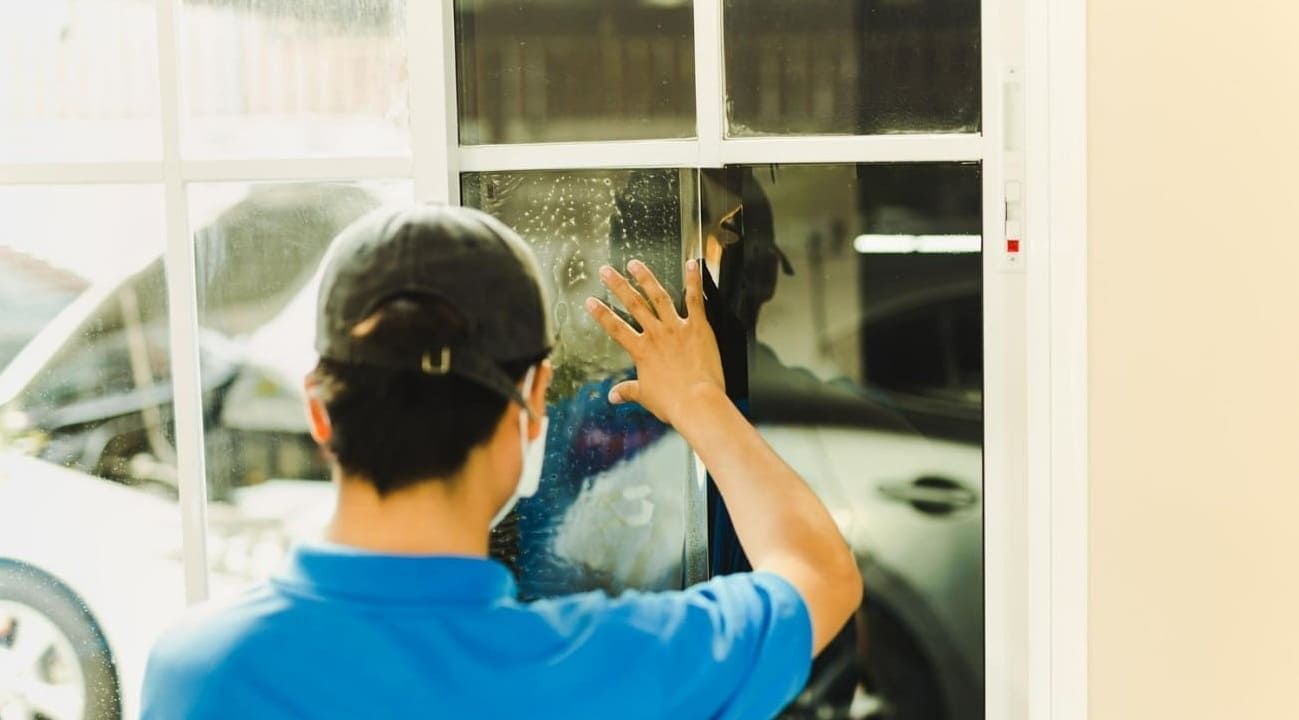
What Is the Installation Process and How Should Commercial Window Films Be Maintained?
A professional installation process is paramount for ensuring precise film application, uniform adhesion, and long-term performance. Proper maintenance is equally important for extending the film’s lifespan and preserving its appearance by preventing scratches and residue buildup. Understanding each step of both the installation and care routine will help businesses protect their investment and ensure their window films function optimally for years to come.
What Are the Key Steps in Professional Commercial Window Film Installation?
The professional installation process begins with a thorough site assessment, evaluating factors like glass types, frame materials, and environmental conditions. Skilled technicians then meticulously clean the glass surfaces to remove all contaminants. Films are precisely measured and cut to size, and specialized solutions are used for accurate positioning. Air pockets are eliminated using squeegees, and edges are trimmed for a clean finish. A final inspection confirms flawless adhesion. Crucially, proper curing conditions—maintaining controlled temperature and humidity—are observed for 24 to 48 hours post-application to ensure the strongest possible bond.
How Can Businesses Best Maintain and Extend the Life of Their Window Films?
Regular maintenance is simple yet effective. Clean your window films using a mild, ammonia-free cleaning solution and a soft, lint-free cloth to avoid scratches and prevent edge lifting. It’s advisable to inspect the films quarterly for any signs of peeling or discoloration and address any issues promptly. Avoid using sharp objects or abrasive cleaning agents. If necessary, professional inspections can help restore film adhesion and correct minor imperfections. Adhering to these straightforward care practices will help preserve the clarity, performance, and warranty coverage of your window films for a decade or more.
How Do Commercial Window Films Deliver Energy Savings and Enhance ROI?
Commercial window films directly contribute to significant energy cost savings by reducing solar heat gain, lowering HVAC system loads, and minimizing glare. By improving the overall performance of your building’s envelope, these films also support sustainability objectives and can help earn credits toward green building certifications. Real-world case studies consistently demonstrate substantial ROI and environmental benefits for organizations that invest in high-performance window film solutions.
What Are the Potential Energy Cost Savings for Businesses Using Window Films?
Businesses can expect to see savings ranging from 15 to 30 percent on their annual cooling expenses when high-TSER films are installed on sun-exposed windows. These savings are most pronounced during the summer months, leading to reduced HVAC runtime and lower electricity consumption. For a medium-sized retail establishment, this can translate into thousands of dollars saved each year. Over the typical 10- to 15-year lifespan of window films, the cumulative savings often double the initial installation investment.
How Do Window Films Contribute to LEED Certification and Sustainability Goals?
Commercial window films play a role in achieving LEED (Leadership in Energy and Environmental Design) certification, particularly within the Energy and Atmosphere category, by reducing energy demand and enhancing building envelope efficiency. Their ability to control UV and glare also supports occupant well-being credits under Indoor Environmental Quality. Reflective films can help mitigate urban heat island effects, aligning with Sustainable Sites objectives. By incorporating high-performance films into new construction or renovation projects, organizations visibly demonstrate their commitment to environmental responsibility and operational cost reduction.
What Case Studies Illustrate Successful Commercial Film Installations?
A prominent regional office park reported a 22 percent reduction in peak cooling demand after applying spectrally selective films to its south-facing facades, resulting in annual savings of $12,000. In another instance, a downtown retailer installed reflective solar films on its storefront, which not only extended merchandise life by reducing UV exposure but also decreased HVAC runtime by 18 percent. These examples clearly illustrate how strategic film selection and professional installation deliver measurable performance improvements and validate the ROI potential for businesses of all sizes.
How Can You Request a Free Estimate for Commercial Window Film Installation?
Requesting a complimentary estimate for commercial window film installation is a straightforward process designed to provide business owners with accurate project costs and personalized recommendations. Surface Dynamics Window Tinting offers expert guidance throughout this process, covering film selection, performance expectations, and scheduling, to help businesses plan and budget effectively for their project.
What Information Is Required to Obtain an Accurate Commercial Window Film Quote?
To ensure an accurate estimate, please provide details such as the total square footage of glass surfaces, individual window dimensions, the building’s orientation, the type of existing glazing, and your desired film performance metrics (e.g., specific TSER or VLT targets). Sharing architectural drawings or photographs of the glazing areas can greatly assist in precise measurements and material calculations. Information regarding your budget parameters and project timelines will also help refine the proposal.
How Does Surface Dynamics Window Tinting Assist Businesses with Expert Services?
Surface Dynamics Window Tinting draws upon decades of industry experience to recommend the most suitable film technology for each unique commercial application. Our team conducts thorough on-site assessments, clearly explains performance metrics, provides physical mock-up samples for your review, and ensures seamless coordination with your facility management team. By offering tailored solutions coupled with a no-obligation free estimate, we empower businesses to make confident decisions about product selection and the overall value delivered through professional installation.
Commercial window film is a powerful tool for businesses looking to enhance building performance, improve occupant comfort, and elevate their brand presentation, all while achieving significant energy savings. By thoroughly understanding the different film types, their performance metrics, and the best practices for installation and maintenance, business owners can make informed decisions that yield a strong return on investment. Partnering with a specialist like Surface Dynamics Window Tinting ensures you receive expert guidance, precise installation, and a free estimate tailored to your organization’s specific needs. Whether your goal is to reduce glare in an office tower, secure a retail storefront, or enhance the ambiance of hospitality spaces, the right commercial window film solution can transform your property into a more efficient, comfortable, and visually appealing environment.


